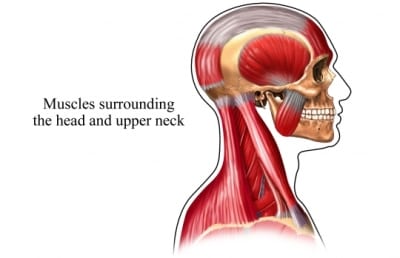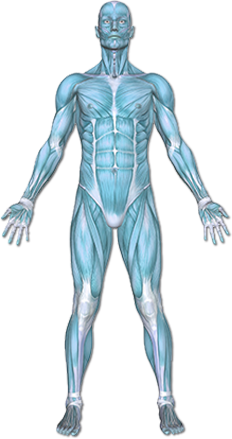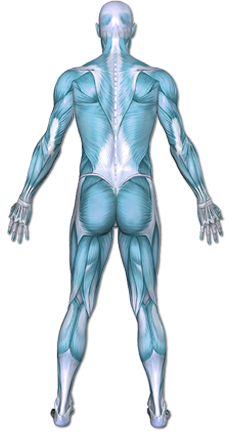Torticollis
Torticollis refers to a condition of neck stiffness caused by muscles that are unable to relax. The head turns and tilts to one side and the chin points toward the opposite. Sometimes one shoulder is held in a raised position due to the contraction of muscles that cross from the neck to the shoulder. The muscle contraction may be constant or intermittent.


Copyright © Nucleus Medical Media, Inc.
This content was created using EBSCO’s Health Library
The causes of torticollis are not well understood. Causes may include:
- Genetic defect
- Infant’s position during pregnancy or delivery
- Head or neck injury
- Infection in neck muscles or bones
- Damage or failure of the nervous system
- Inner ear or eye problems
- Deformities of the bones or muscles in the neck
- Tumors of the head or neck
- Arthritis of the neck
- Use of certain medications
This content was created using EBSCO’s Health Library
Factors that may increase your chance of developing this condition include:
- Sex: female
- Age: Children under age 10
- Age: Adults aged 30-60 years
- Family member with torticollis or similar disorders
This content was created using EBSCO’s Health Library
Symptoms may include:
- Rotation and tilting of the head to one side
- Shortening of neck muscles on one side, possibly present at birth
- Stiffness of neck muscles
- Painful spasms of neck and upper back muscles
- Limited range of motion of the head and neck
- Headache
- Flattening of the back of head on one side (in infants)
- Fussy behavior in infants when on their tummy if they are unable to lift or turn their head
- Hip dysplasia (in infants)
Torticollis ranges from mild to severe. It usually progresses slowly for 1-5 years, and then stays the same. However, torticollis may last for life and can result in limited movement and deformed posture.
This content was created using EBSCO’s Health Library
The doctor will ask about your symptoms and medical history and a physical exam will be done. Your doctor may need pictures of structures inside your body. This can be done with:
- X-rays
- CT scan
- MRI scan
This content was created using EBSCO’s Health Library
PEDIATRIC CARE:
At the physical therapy initial evaluation the parents will be given a home exercise program that includes:
- Range of motion exercises
- Massage instructions
- Positioning ideas
The combination of physical therapy and home exercise is important to the success of the program. The goals of physical therapy are to improve posture, increase range of motion in the neck and increase your child’s ability to move to different positions.
ADULT CARE:
Your therapist will educate you on pain relieving techniques (such as ice) and decreasing or modifying painful activities. Your therapist will educate and assist you on proper stretching and strengthening exercises for the neck. They may perform hands on, manual therapy techniques to further increase joint flexibility. The final phase of rehab will involve strengthening during functional activities and education to prevent this injury from recurring again.
This content was created using EBSCO’s Health Library
There are no guidelines to prevent torticollis. Early treatment may help keep the symptoms from worsening.
This content was created using EBSCO’s Health Library
This content was created using EBSCO’s Health Library


